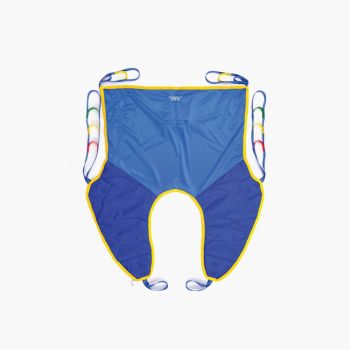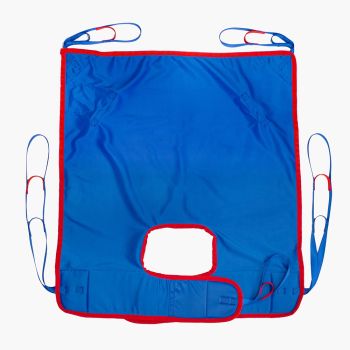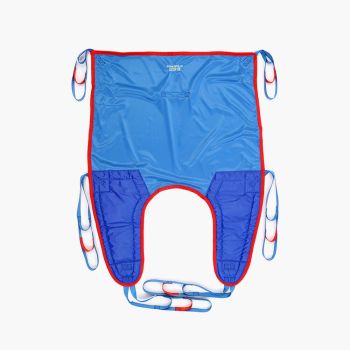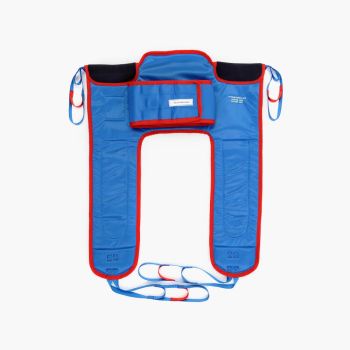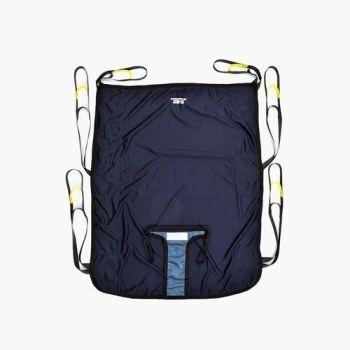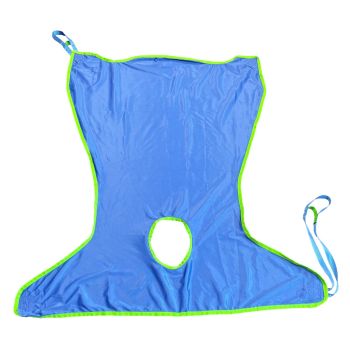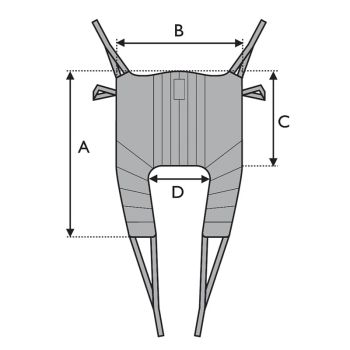Our range of standing slings for hoists is designed to provide carers great support and safety when transferring patients, whether they're being transferred with a mobile hoist, standing hoist or even overhead hoists. We supply toilet slings for hoists which help to reduce the strain on carers and which provide comfortable and secure support for patients.
There are different types of hoist slings that can be used for various activities. For example, we stock a range of hoist sling types such as toilet slings, universal slings, strap slings and amputee slings. Although they all have the same purpose, they are ideal for different activities. If you are unsure of which hoist sling you require, please give us a call and we'd be happy to help you find the solution you're looking for.
Read More



